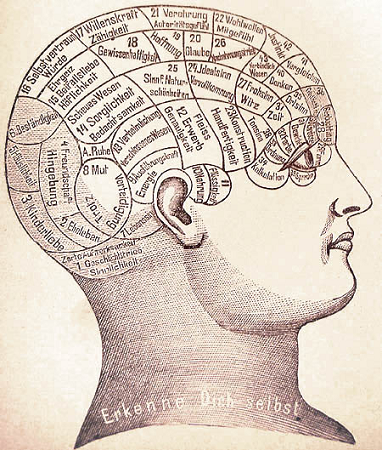Introduction to Clinical Neuropsychology
Episode #1 of the course Introduction to clinical neuropsychology by Alicia Nortje
Welcome to this course!
I’m Alicia, and I’ll be your guide and teacher for the next ten days. I work as a researcher in the Department of Psychology at the University of Cape Town.
During this course, you’ll learn about clinical neuropsychology. The aim of this course is to give you:
• A basic introduction to neuropsychology.
• The overall structure of the brain.
• Four common neuropsychological conditions: amnesia, aphasia, agnosia, apraxia.
• A brief introduction to dementia and epilepsy and some other interesting and unusual syndromes.
I’ll also try to guide you on how to differentiate between different syndromes when diagnosing patients. You’re going to learn a lot in this course!
Defining Clinical Neuropsychology
For this first lesson, we should start by asking the following question: “What is clinical neuropsychology?” Psychology is a broad field that aims to understand human behavior. There are many areas of specialization in Psychology. For example, psychologists can specialize in human behavior in:
• industries/organizations (e.g., how do people behave in the workplace?)
• educational settings (e.g., how do people learn?)
• forensic settings (e.g., how do police officers interview witnesses?)
Another field of specialization is neuropsychology where psychologists are interested in the brain-behavior relationship, that is how human behavior arises from the functioning of the human brain. It shouldn’t be a surprise that neuropsychology is born from the two-parent disciplines: neurology and psychology. Neuropsychologists perform an important role in diagnosing the difficulties that patients may experience and pinpointing where the brain damage is located.
There is also a philosophical streak to neuropsychology, which isn’t necessarily present in the clinical setting but flavors the entire field. Neuropsychology also asks greater philosophical questions about topics such as consciousness and free will: is there a part of the brain that results in me being… me? Do I have free will, or am I a biological robot who is completely influenced by the neurons in my brain and how they fire?
History of Clinical Neuropsychology
Neuropsychology has a long history dating back to even ancient civilizations. A papyrus from 17th century BC listed eight cases of brain injuries and the resulting psychological and behavioral symptoms. Even Hippocrates played a role in neuropsychology by describing cases of epilepsy. Hippocrates also wrote that it was unwise to poke around in the brain, especially in the temporal lobe!
I mentioned earlier that neuropsychology had a philosophical streak. These philosophical questions played an important role in the history of neuropsychology because philosophers sought an area of the body that housed the human soul and the mind, and it was opined that the responsible area was somewhere in the brain. Descartes was certain that it was the pineal gland, which is a very small (pea-sized, in fact!) gland in the brain. The question of consciousness and the birth of the self, however, is still unanswered.
Neuropsychology was also influenced by the now-dismissed field of phrenology. Phrenology is the mapping of psychological functions and behaviors onto the skull. Based on this thinking, traits and behaviors were directly related to the shape of the skull, and was even used as a way to measure criminal behavior! Although dismissed, phrenology played a very important role in areas like intelligence and IQ testing where people’s heads were measured to determine their intelligence.
Perhaps the most influential thinking on neuropsychology was lesion studies. In the 19th century, physicians reported cases of individuals who suffered brain injuries to very specific parts of their brain, and these injuries lead to specific types of symptoms. For example, Broca and Wernicke described patients who suffered injuries to different parts of their brains. Both patients had language difficulties, but their language problems were completely different from each other. These lesion studies provided evidence that different parts of the brain were responsible for different psychological functions, which were disrupted when those brain regions were damaged. We’ll learn more about Broca and Wernicke and their respective language syndromes in Lesson 10. Other pivotal cases that contributed to our understanding of the human mind include that of H.M., and patients described by Korsakoff (further discussed in Lesson 7).
Conclusion
In this lesson, you were introduced to the history of neuropsychology. In the next lesson, we’ll dive right in and learn about parts of the brain!
Until tomorrow, fellow inquisitive minds,
Alicia
Recommended book
Phantoms in the Brain: Probing the Mysteries of the Human Mind by V. S. Ramachandran
Share with friends



